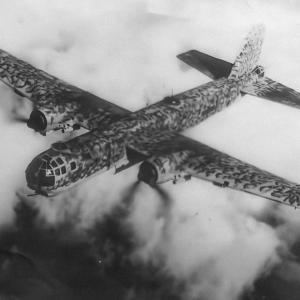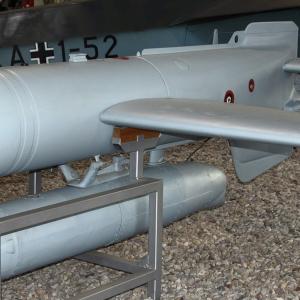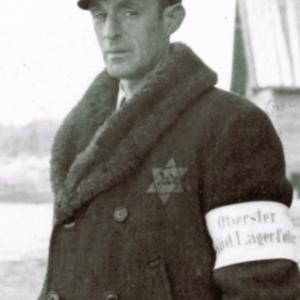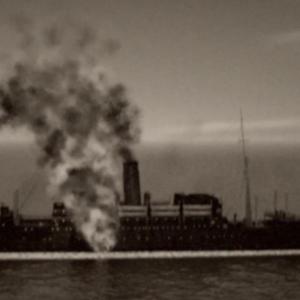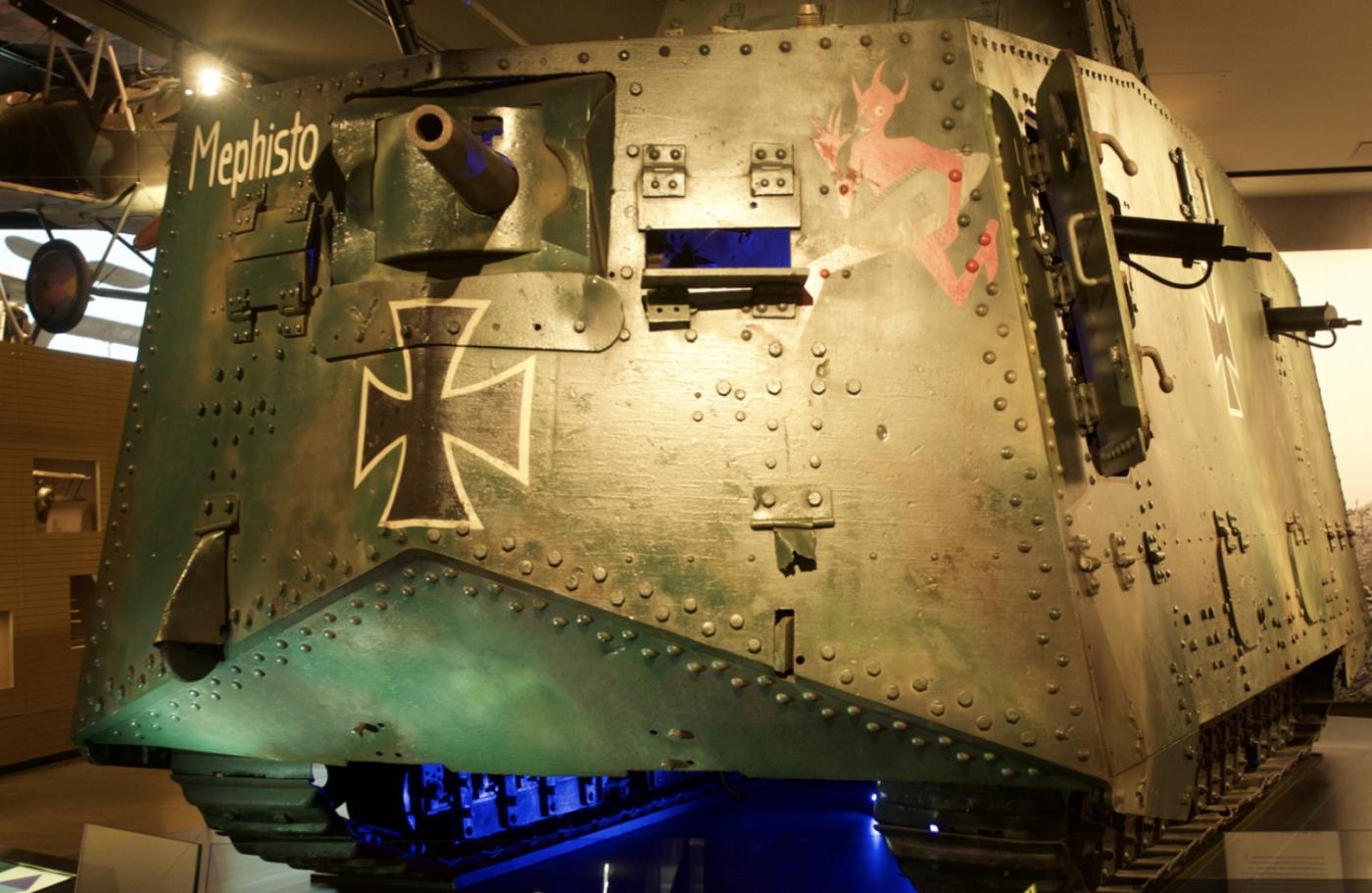
Germans first WW1 Tank A7V
The German A7V was the first operational tank produced by Germany during World War I, entering service in 1918. It was an ambitious attempt to catch up with the British and French armored vehicles that had been active on the battlefield since 1916. Designed by Joseph Vollmer, an engineer and reserve officer, the vehicle was intended to cross trenches and rough terrain while delivering significant firepower.
Production was handled by Daimler, a major German manufacturer. The design borrowed heavily from existing tracked vehicles, especially the American Holt tractor, which influenced the tank’s tracks and mobility system. Prototypes were developed and tested throughout 1917, with full production models completed starting in late 1917.
This large and heavy machine weighed around 30 to 33 tons, measured over 7 meters in length, about 3 meters wide, and stood more than 3 meters tall. Armor was thickest at the front—around 30 millimeters—to protect against small arms and shrapnel, while the sides and roof had thinner plating. Inside, it carried a large crew, typically around 18 men, sometimes up to 25, including the commander, driver, mechanics, gunners, and loaders.
In terms of firepower, it was well-armed for its time. The vehicle featured a 57 mm Maxim-Nordenfelt cannon mounted at the front, complemented by up to six machine guns positioned around the hull to defend against infantry attacks. Power came from two Daimler-Mercedes 4-cylinder petrol engines, producing a combined output of about 200 horsepower. On roads, it could reach speeds of up to 15 kilometers per hour, but rough terrain slowed it to 4 to 6 kilometers per hour.
Germany ordered 100 chassis, but only 20 fully armored vehicles were completed and deployed before the war ended. The rest were either used for support roles or left unfinished. These tanks saw limited action during 1918 and did not have a major impact on the war’s outcome.
While heavily armed and well-protected at the front, the tank suffered significant drawbacks. Its size and weight made it difficult to maneuver over the cratered, muddy battlefields of the Western Front. A high center of gravity and low ground clearance made it prone to getting stuck. The large crew size complicated communication and coordination inside, as no effective internal communication systems existed at the time. Maintenance and logistics were challenging as well, with the engines and drivetrain prone to breakdowns.
By the time it entered service, Allied tanks were being produced in far greater numbers and generally had better mobility, limiting the strategic and tactical usefulness of this German design despite its impressive firepower.
Today, only one original example remains: the “Mephisto,” preserved in the Queensland Museum in Brisbane, Australia. This surviving vehicle offers a rare glimpse into early German tank design and the challenges faced by armored forces during World War I.

